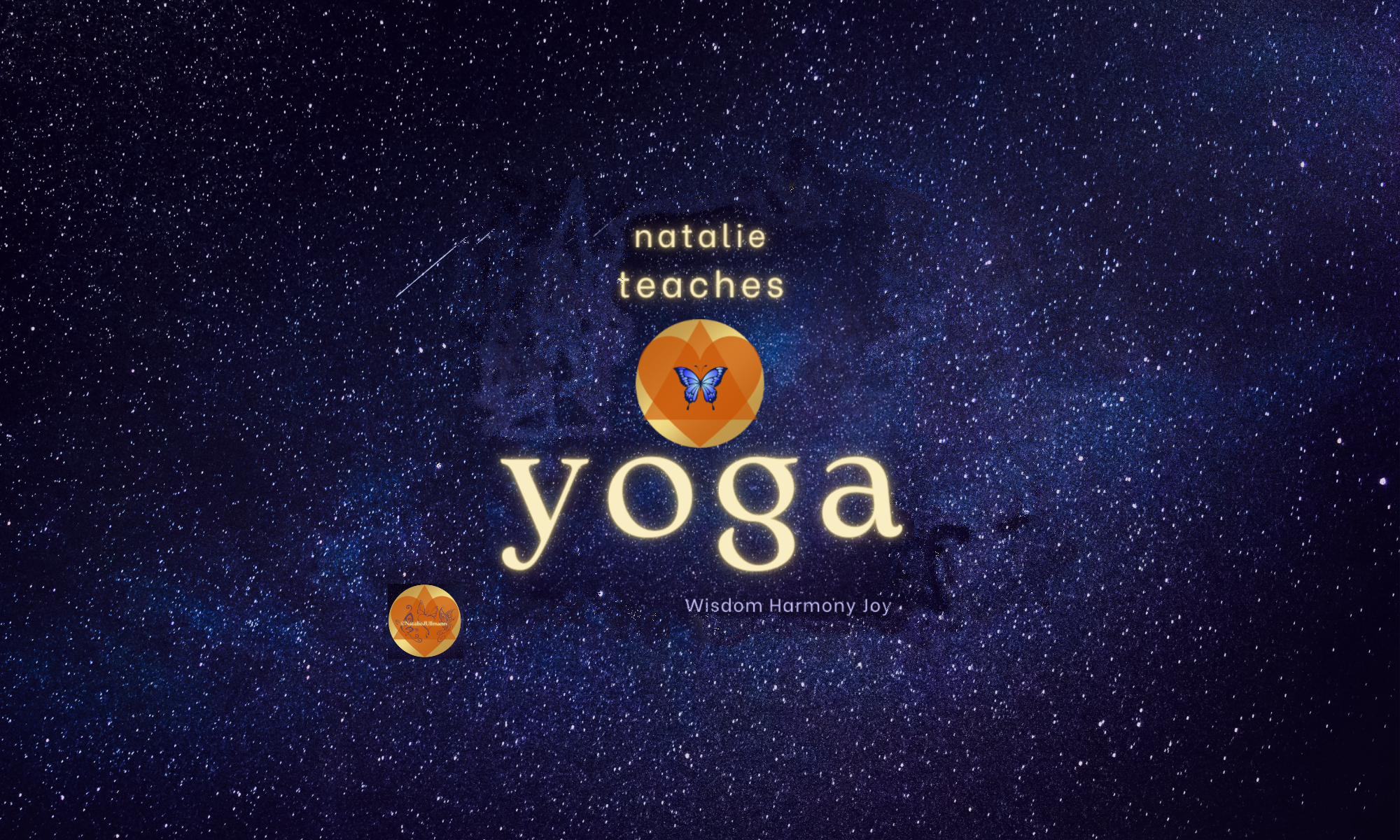“PTSD is the inability to forget” Dr. Ellen Kirschman 1
Yoga is the cessation of the fluctuations of the mind. Patanjali Yoga Sutra 1.1
Yoga is the ability to digest and transform our thoughts, feelings, memories, experiences so that our clear and sacred selves will shine through.
Yoga is the experience of peace that emerges when our afflictions have been overcome.
Yoga is the freedom that arises when our past has been processed and we are fully present.
Some experiences are very difficult to forget. If, at the moment of trauma, we are unable to fully process and digest what is happening, that experience can be held in the physical body (also identified as the “Food Body” or Anamayakosha in the yogic anatomy map known as the koshas) Sometimes food and experiences are indigestible – uncomfortable, painful, difficult to absorb and process. The blockage caused by the undigested matter can obstruct our access to the other dimensions of our being – our knowledge, wisdom and joy. Through understanding this we can use our yoga practices to digest and heal traumatic memories stored in the physical body.
There is an inherent wisdom in the process of yoga practice. We can buzz along in our lives just fine, and then, one day the blockage becomes apparent and it’s time to heal it. We’re not defective if we have issues. It’s pretty normal to have a degree of trauma in the body. Yoga is a fairly sophisticated method of dealing with the residue of trauma due to this potential for digestion and transformation. We could just manage our symptoms. But we are invited – in the deeper levels of yogic experience – to transform what was not processed into insight and wisdom. It takes deep willingness, an open mind and considerable bravery. But the rewards are ample.
There are multiple approaches to processing trauma through our yoga practices. We may be experiencing the impacts of the trauma on the psychological level, and our yoga practice restores equilibrium. But going further - by breathing and feeling and observing arising memories on the mat – if we are spacious enough – the memories are released from the physical body and new understandings of experiences awaken. The experiences are digested. We can use those same techniques in the presence of physical symptoms which can range from tightness to chronic misalignment to pain or acute injury. Wise presence in yoga asanas can resolve physical trauma through wise practice. This can be approached well by experimenting gently with specific postures that intuitively, or as a result of research and study, we believe will be related to the anatomical structures involved.
As we use the tools of yoga to train ourselves to be calm, objective and present to reawakened memories of traumatic feelings and experiences, we mitigate the cycles of recurrence. We move from the experience of being bombarded by the repetitions of memory and subconscious patterning to creating new relationships with the stories we have lived. The charged quality of the memory becomes neutralized and laid to rest. We may never “forget it” – but we can transform it into a tool for awakening, empowerment, deepening and opening to ourselves.
Just as digested food nourishes the cellular structure of the body, digested experiences nourish the stability and robustness of our neural landscape. They transform the very mechanisms through which we understand the world. We become less fragmented, less dissociated and more integrated. We become whole. In this way well-practiced yoga can be a powerful tool in the management and healing of PTSD. Some tips for practice are:
- Work with the quality of your breathing. Begin with gentle but focused breath and explore how the different qualities of breath impact the physical experience of a posture. Look for the quality of breath that is in effect when you feel a muscle release.
- Work with the quality of your attention. Begin with gentle but focused presence. You can train specifically in this – take a posture and maintain your gentle receptive attention on the bones, the flesh, the skin. The moment when a memory arises and you stay present rather than becoming lost in it is a power point for healing.
- As you train in this way, it’s important to notice your reactions to the awakening of trauma in the body. The most common reaction is to attempt to control it by pressing it down – psychologically, physically – a kind of powering through. This will interfere with the release of stress pattern in the body. Allowing is key to healing. Assuming you are practicing with moderate intensity – you can practice staying present to discomfort. Of course – don’t force.
.Through a carefully cultivated yoga practice we reintegrate the parts of ourselves that have been locked away through trauma. No longer fractured in this way, we become whole, and the experience of PTSD can be transformed into a process of healing. While the knowledge of the experience still remains, we are now no longer bound by it.

Each blog post is associated with a related newsletter with related commentary, suggested reading and maybe a song or two. You can find past newsletters (and the current one )on my Facebook page NatalieteachesYoga. Sign up below to receive newsletters in your inbox. No marketing, I promise! Just content that I hope will open your mind to deeper levels of yoga practice.

